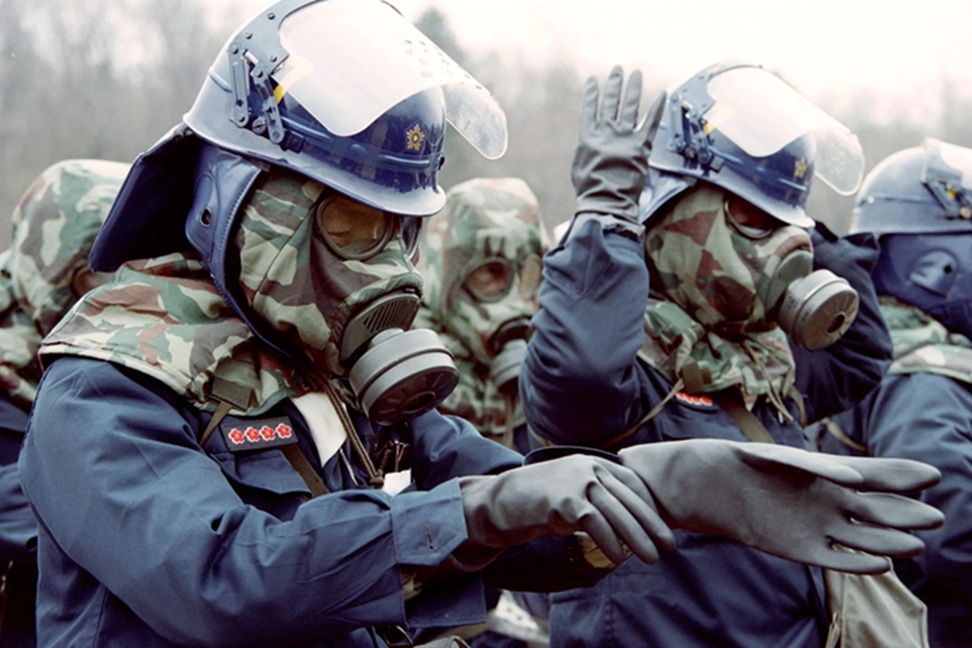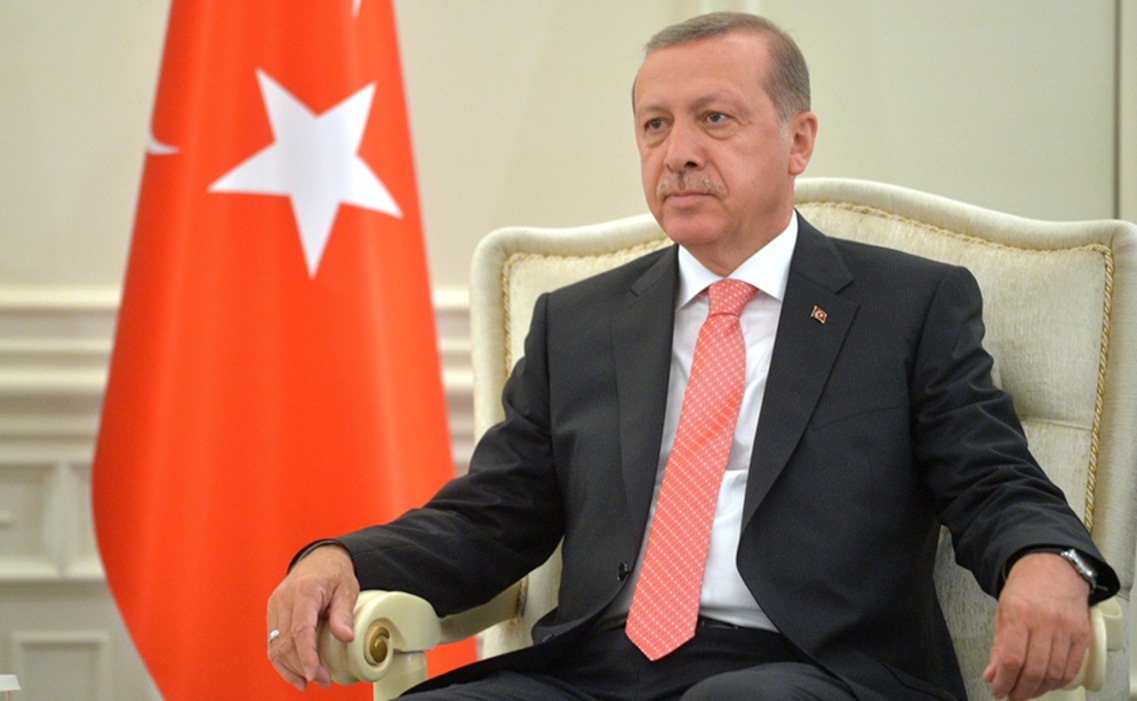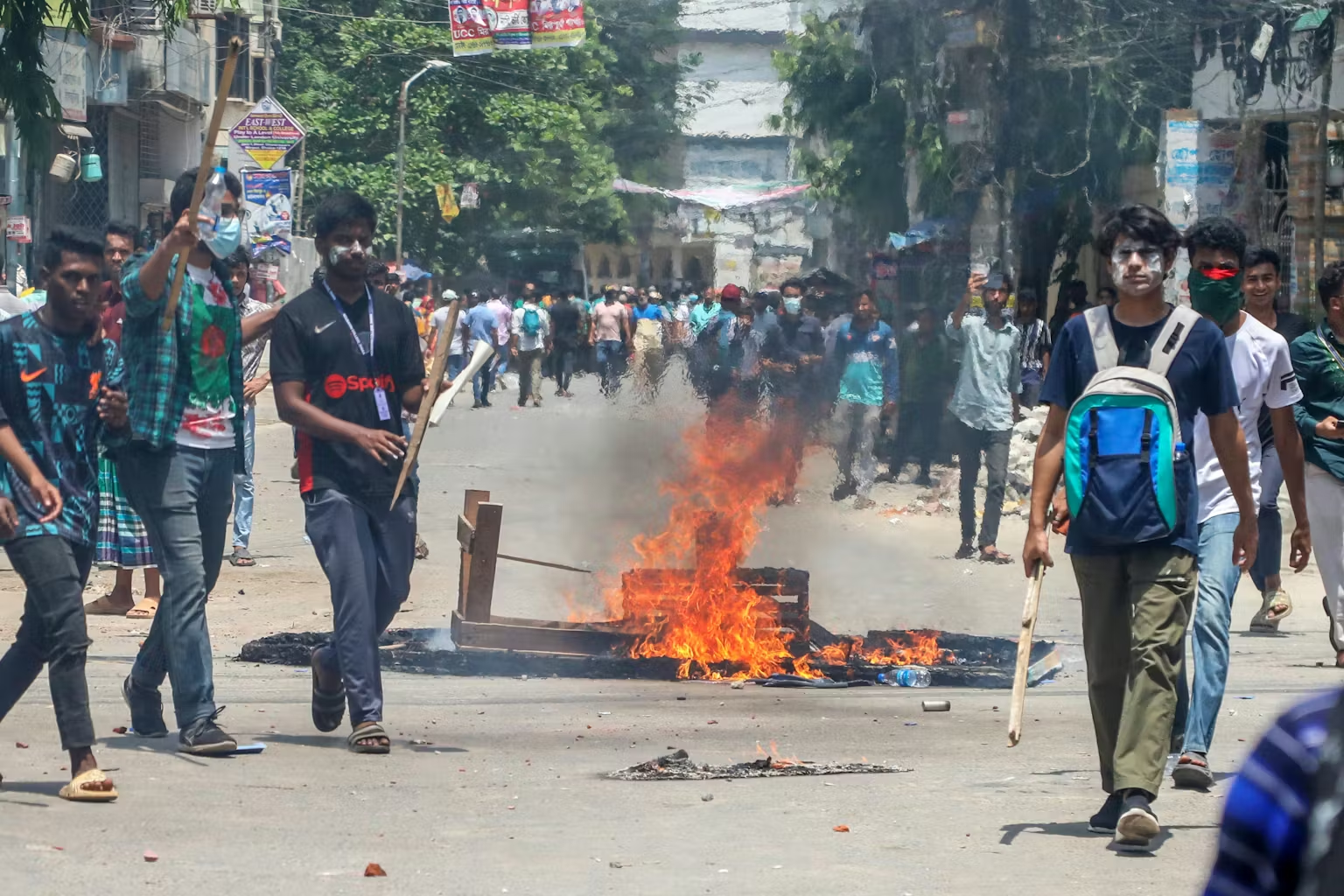Kerala, which was once hailed for Ayurveda and the beautiful backwaters, today is fighting a full-blown drug crisis. Over the past three years, there has been a sudden surge in drug abuse in Kerala, sparking widespread concern over internal security. NIA continues the investigation into the nexus between anti-national elements and drug peddlers.
Introduction
Kerala’s identity, based on a robust civil society, well-organised public health systems, and high literacy levels, has been a throwback to many of India’s internal security myths for a long time. Since 2019, however, the reality has been more complex. Geography, growing infrastructure, robust diaspora ties, and ubiquitous internet access have turned the state into both an attractive transit pathway for transnational crime groups and an asymmetric attack target. The implications are real: oceanic shipments worth hundreds of kilos, firearms found to be drug-laced, ransomware attacks on institutions, and enduring indicators of radicalisation all converge towards a unified, multi-domain reaction.
This report charts the problem, sets out why Kerala matters to Indian national integrity, and proposes a concise, operational policy agenda based on public statistics, official releases, and investigative reporting. The structural dislocation needed to dismantle the finance and trafficking networks threatening public security and the rule of law has yet to be attained through interdictions, security, and the rule of law.
What the Arrests and Seizures Indicate?
Public prohibitions in the Sri Lankan and Indian seas between 2024 and mid-2025 have dispelled any fantasies that smuggling off the southwest coast may be contained by ordinary police. The Sri Lankan Coast Guard and navy have regularly confiscated consignments described as “Kerala cannabis” in press releases, with seizures ranging from about 100 kg to more than 900 kg along the Mannar-Jaffna-Talaimannar axis. The July 2025 Bolawatta raid was daunting, with approximately 900 kilos of drugs taken along with guns, magazines, and live ammunition. Earlier, in March 2021, authorities intercepted a fishing boat off Kerala with five AK-47s, 1,000 rounds, and more than 300 kg of heroin, which officials officially linked to terrorist funding networks.
These numbers, collectively, imply systemic, chronic trafficking: mother ships and end-mile dhows, dark beach landings, and micro-port transfers. In a single high-value seizure in late 2024, the Indian tri-services seized a ship in the Andaman Islands with an estimated 5,500 kg of methamphetamine, showing the Bay of Bengal and Andaman Sea’s significance as transit channels between Southeast Asia and the subcontinent. The logistical complexity involved – satellite navigation systems onboard, long-range trawlers, and encrypted collaboration – shows that traffickers adapt faster than conventional defensive strategies.
Two characteristics are especially troubling. First, drug consignments are increasingly discovered to include firearms. When both goods are transported by traffickers, a drug shipment can be transformed into an arsenal, and trafficking corridors can be employed for the transportation of hazardous materials. Second, investigative revelations and judicial documents indicate that income has sponsored militant activity in the area, confounding the distinction between terrorism financing and organised crime. Where narcotics or contraband money support militant organisations or weapons, interdiction is not merely law enforcement; it is an act of national defence.
Domestic Demand Supports Supply
An emphasis on cross-border exports ignores half the problem: domestic demand. Kerala’s enforcement drives, like Operation D-Hunt, which led to scores of arrests for targeted offences, illustrate the state as both a corridor and consumer market. The availability at the street level of synthetics and opioids in urban areas and nightlife districts, as indicated by anecdotes and police reports, suggests a robust domestic market. The traffickers capitalise on this two-way street: should outside supply be reduced, replacement consignments of substitute goods can fill shortages; alternatively, continuous demand increases the worth of each landing shipment.
Policymakers must therefore recognise that enforcement is not enough. Interdiction needs to be supplemented by strong public health initiatives, treatment capacity for addictions, and targeted preventive programs; otherwise, arrests are tactical triumphs that leave the underlying economic model intact.
The Cyber Aspect: Instruments and Weaknesses
Kerala’s weaknesses are not limited to its seaside. With high internet penetration and the governmental administration increasingly digitised, it has invited cybercrime. Ransomware actors publicly cite Kerala-based companies as targets, and server breaches in local communities targeting religious bodies have also been documented. Two risks are particularly notable: the direct damage from data pilfering and extortion, and the role of digital connectivity in facilitating maritime networks. Satellite terminals, encrypted messaging, and other digital technologies increasingly appear in the tools of traffickers; devices recovered in some raids were reported to include satellite communications technology. Within this hybrid context, physical interdictions need to be supplemented with detailed digital forensics.
Radicalisation and the Political Ecology
The social and political vibrancy of Kerala is both a strength and a vulnerability. Post-2019 accounts illustrate examples of the recruitment of foreign fighters from governmental and organisational networks that have come under scrutiny and legal enforcement in earlier years. Although left-wing extremism has declined nationwide, intelligence indicates sporadic Maoist activity in northern states. The coincidence of political extremism, youth unemployment hotspots, and international connectivity poses recruiting risks. Significantly, extremists and criminals often draw from the same reservoirs of grievances: deprivation, marginalisation, and corruptible nodes of institutions. Excessive policing threatens to alienate communities and drive outlier groups underground. Context-sensitive, community-focused counter-radicalisation that integrates developmental engagement with legitimate enforcement is likely to work better.
Infrastructure Development: Economic Windfall, Security Vulnerability
Kerala’s increased connectivity, involving elevated airport capacity, port upgrading (including deep-water handling), and enhanced logistics, is beneficial for the economy.
It is also a threat multiplier. Increased quantities of cargo make anomaly detection more complicated in the absence of advanced risk-based targeting; airports and courier networks introduce new smuggling channels; and commercial throughputs limit the capacity for rigorous inspection. The design of the infrastructure should include security protocols such as advanced scanning, vetting of manifests, personnel screening, mandatory electronic registration of small crafts, and continuous micro-port monitoring.
Regional and Extra-Regional Vectors
Kerala’s sea neighbours -Sri Lanka, the Maldives, and the Andaman Islands- constitute a dynamic ecology in which seasonal currents, trade flows, and traditional fisheries interact. Sri Lankan intermediaries have been present to intercept consignments to Kerala; Maldivian accounts describe the archipelago as a market and transit point; and Andaman examples highlight longer supply chains of the open sea.
India’s heightened engagement with Pacific partners like Japan is a cause for concern. Though strategically significant, the relationships expand maritime avenues and technical stages in supply chains. Extra-regional actors, operating by proxy or in the cover of commercial activity, may complicate security geometry by employing cyber vectors, commercial opacity, or proxy operations. This fact requires augmented marine domain awareness and strategic partnerships focused on logistics, security and intelligence sharing.
Finance: Hawala, Gold, and Crypto
Finance fuels the networks. Profits in cash are laundered via gold smuggling, hawala channels, and now cryptocurrency and mixers. Past abuse of diplomatic baggage and airport channels revealed procedural weaknesses; current networks exploit regulatory loopholes in cryptocurrency and unofficial value transfers. Financial investigation needs to be at the heart of disruption, from tracking proceeds to detecting money mule networks, issuing MLATs, and enhancing AML regulation on cryptocurrency exchanges.
An Integrated Response
• It is not merely more boots on the beach that Kerala’s issue is; it is a smarter position and more integration.
• Maritime fusion centre. Develop a Kerala Maritime Fusion Centre bringing together the Coast Guard, Navy, customs, fisheries intelligence, and state police with satellite/AIS analytics to track micro-port threats and identify abnormalities.
• Forensic traceability. Mandate forensic tracking of seized firearms and ammunition, and share declassified trace information whenever feasible. Coordinate FIU, ED, and customs to follow the flow of money.
• Cyber-hardening. Establish a state-level CERT and rapid forensic teams focused on ports, cargo systems, airports, and critical cultural institutions. Enforce cybersecurity and incident reporting requirements for important nodes.
• Resilience in communities. Expand treatment programs, youth job programs in coastal communities, and anonymous hotlines to safeguard fishermen threatened by recruiters.
• Regional operations and diplomacy. Create trilateral modalities with Sri Lanka and the Maldives for joint patrols, hotlists, and MLAT-based prosecutions; and engage Pacific partners in supply chain security.
• Fostering journalism and transparency. To build public trust, disclose declassified findings of prosecutions, asset forfeiture, and weapon tracking where operational secrecy is possible.
Recommendations
Kerala’s security situation is urgent but manageable. Arrests and seizures demonstrate the state’s and the Centre’s capacity to operate. Missing is the consistent translation of tactical success into strategic disruption: tracing supply chains back to suppliers, tracing the money, fusing marine and cyber intelligence, and building enforcement in community credibility.
Policymakers have to balance the need for immediacy and proportion. Authoritarian actions that encroach on civil liberties risk polarising communities and inadvertently feeding the grievances exploited by recruiters and traffickers. In a similar vein, complacency will embolden organised crime and perpetuate cross-border instability.
Kerala can remain a model of social advance-if only the state and union make interdiction systematic. Treating the southern shoreline as a national priority and not as a local policing matter will assist India in protecting Kerala’s coastline as well as building resilience in a more contested Indian Ocean.
Disclaimer: The views and opinions expressed by the author do not necessarily reflect the views of the Government of India and Defence Research and Studies
Title image courtesy: The New Indian Express

References
• Sri Lanka Navy and Sri Lanka Coast Guard operational press releases of narcotics seizures (Apr-Aug 2025).
• Sri Lanka Coast Guard – Bolawatta seizure press statement, 2 July 2025.
• Indian Army/tri-service and Indian Coast Guard reporting of the Andaman interdiction (late 2024).
• Public reporting of the March 2021 Kerala-area seizure of AK-47s and heroin.
• National Investigation Agency (NIA) investigative reports and public reporting on Haji Salim network connections (Dec 2022 and follow-up coverage).
• LockBit ransomware public statements and media reports on Kerala cases (May 2024).
• Kerala Police public activity (Operation D-Hunt) and publicly reported arrest/seizure counts (2024-2025).
• UNODC World Drug Report (background trend data).
• Public analysis of infrastructure modernisation (e.g., Vizhinjam port construction) and attendant security findings.









